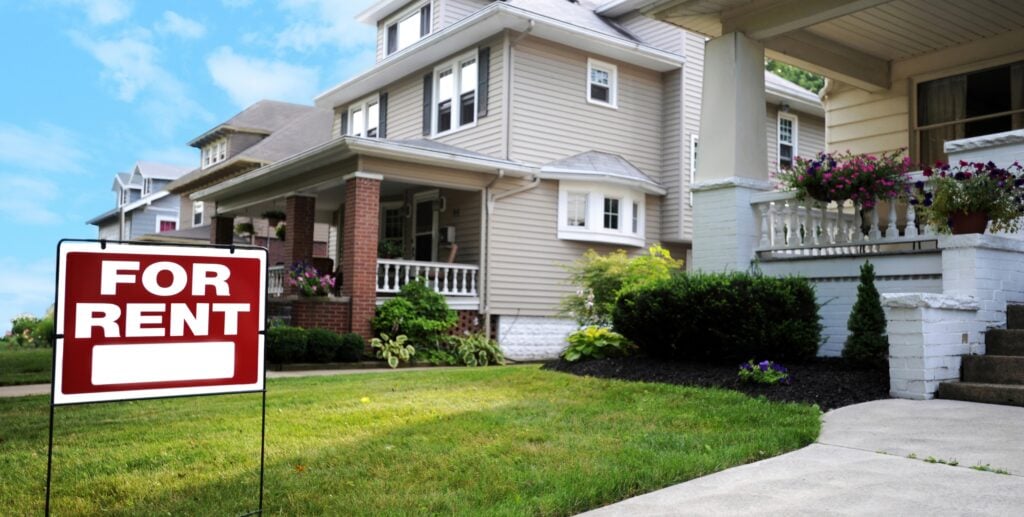Title: Hotspots: Where Rental Properties Vanish Overnight
In today’s dynamic real estate landscape, a new phenomenon known as “hotspots” has emerged, capturing the attention of property investors, renters, and urban planners alike. These hotspots are areas where rental properties are in such high demand that they vanish almost overnight. The phenomenon reflects a broader trend influenced by various social, economic, and technological factors, reshaping the rental market in unprecedented ways.
The Rise of the Rental Hotspots
Over the past decade, urban centers and even some suburban areas have witnessed a rapid increase in rental demand. This shift can be credited to several factors, including changing lifestyle preferences, economic constraints, and technological advancements which have facilitated remote working and learning. Many individuals, especially millennials and Gen Z, are opting for the flexibility that renting offers over traditional homeownership. This has led to certain neighborhoods, towns, and even cities becoming rental hotspots.
Factors Driving Demand
1. Urbanization and Lifestyle Changes:
As urban areas become the epicenters of cultural, professional, and educational opportunities, more people are drawn to city living. However, homeownership in cities is becoming increasingly unaffordable, directing more individuals toward renting rather than buying property.
2. Economic Factors:
The financial volatility experienced globally has made many cautious about significant investments such as buying a home. High student debt, the rising cost of living, and unpredictable job markets have positioned renting as a more viable option for many.
3. Remote Work Revolution:
The shift to remote work has allowed individuals to look beyond traditional business hubs for their living arrangements. Smaller towns with attractive amenities that offer a lower cost of living are now on the map for many remote workers, creating new rental hotspots.
4. Technological Influence:
Advancements in technology have transformed the way people search for rental properties. Smart housing and innovative apps now offer virtual tours, making properties more accessible to potential renters globally. Landlords and property managers can reach a wider audience, increasing demand and turnover rates in these hotspots.
Impact on the Housing Market
This surge in demand often leads to a competitive rental market where properties are snapped up almost as soon as they are listed. Waiting lists become the norm, and potential renters may need to offer above asking rents to secure a desired location. This has both positive and negative ramifications.
Positive Impact:
For investors and developers, hotspots promise lucrative returns. High demand encourages investment in the development of new properties, infrastructure, and amenities, which can lead to enhanced urban and community growth.
Negative Impact:
However, the rapid turnover and skyrocketing rents can also exacerbate housing affordability issues, leading to gentrification and displacing long-term residents. This can transform the cultural and socioeconomic fabric of a community.
Addressing the Challenges
Addressing the challenges posed by rental property hotspots requires a multifaceted approach. Policymakers and urban planners must prioritize affordable housing initiatives, while developers should consider mixed-use developments that cater to diverse income groups.
Moreover, encouraging transparency in rental markets and implementing renter protection laws can help balance the interests of tenants, landlords, and investors.
Conclusion
The phenomenon of rental hotspots is reshaping how we think about urban living and property investment. While they present significant opportunities for economic growth and community development, they also highlight the challenges of ensuring equitable access to housing. Navigating this new reality requires collaboration among stakeholders to create sustainable solutions that benefit all members of the community. As cities continue to evolve, understanding and adapting to these trends will be crucial for the future of urban living.

